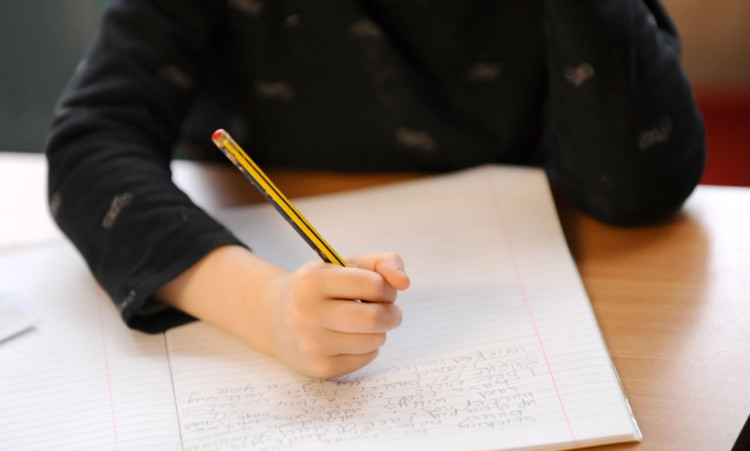Controversial elements of a survey which quizzed primary children in Perth and Kinross about their drug and alcohol use are to be dropped in the future for that age group.
From now on, councils who wish to use the questionnaire will no longer ask children as young as nine about these topics, following a review by experts from the Scottish Government.
Explicit questions about risky sexual behaviour, which were put to children aged 14 upwards, are also being looked at again by the Scottish Government’s Education Analytical Services (EAS), which carried out the review.
The groundbreaking survey caused a storm of protest from parents when it was used by Perth and Kinross Council as a fact-finding exercise to shape the local authority’s priorities in the coming years.
One of only two Scottish councils to undertake the Evidence2Success Project, the council defended it as a “bold step”.
However the review has decided that, in some respects, the survey carried out by the charity the Social Research Unit (SRU) went too far.
Liz Smith, Scottish Conservative MSP for Mid Scotland and Fife, welcomed the news.
“I am very pleased to hear that this highly controversial survey is to be amended,” she said.
“It was very clear that the survey contained a number of unacceptable questions which should never have been asked of the youngest children.
“Many parents, pupils and teachers felt that there were sections of the survey which were overly intrusive and parents raised serious questions about the lack of consultation before the survey was issued.
“These parents spoke out strongly and their actions will hopefully prevent the same problems occurring again.”
One parent who was a persistent critic of the survey, Dee Thomas, described the review as “a great step forward” but said she was still concerned that there was no mechanism for parents to “opt in” to consent to the survey.
The survey results revealed that, across Perth and Kinross as a whole, 57.5% of the older pupils (11 to 16) said they had been involved in no substance abuse over the past month.
Around 60% said they had taken no alcohol over that period and 97.3% had taken no illegal drugs. Nearly 84% had not indulged in binge drinking and 92.5% said they hadn’t smoked over the previous four weeks.
Nearly 78% said that they had not indulged in antisocial behaviour over the past year, while 92.1% of over-14s said they had not indulged in risky sexual behaviour. This was defined as two or more sexual partners in the past year, inconsistent contraceptive use or inconsistent condom use.
At the time the findings were revealed, the council’s executive director for education and children’s service, John Fyffe, said the survey had won the support of the “silent majority” of parents and was trailblazing.
